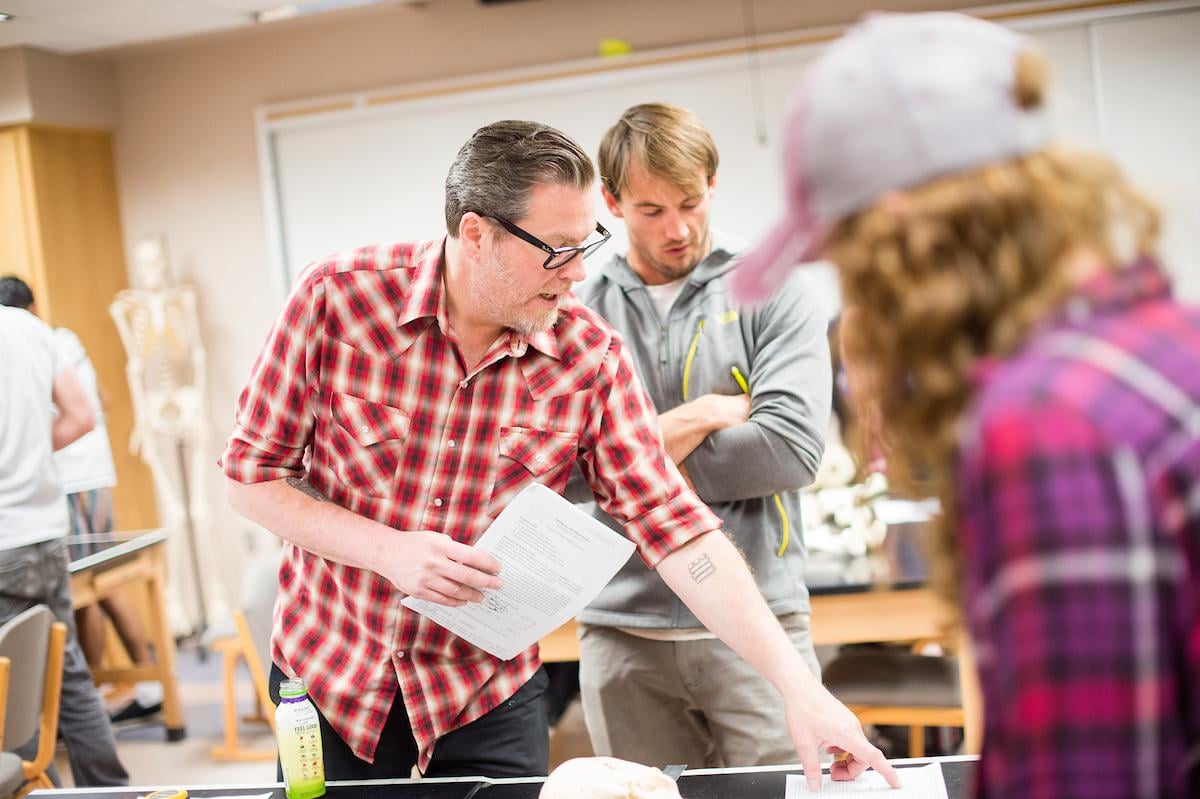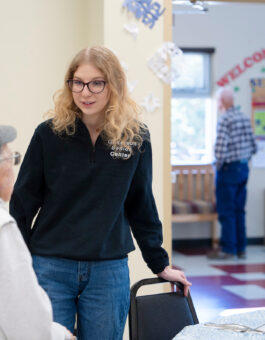Western wins NAGPRA grant to close chapter on Native American remains
The remains of 25 individuals housed in Western Colorado University’s CT Hurst Museum will soon find their final resting place, and a final chapter in the 30-year effort to meet the requirements of a landmark federal law will finally come to a close over the next two years.
On August 1, The National Park Service, which administers the Native American Graves Protection and Repatriation Act (NAGPRA) program, announced that it would award Western an $81,000 grant to complete the process of disposition of the skeletal remains and cultural objects contained in the University’s collection.
When those funds were made available on October 1, Western faculty officially embarked on what is expected to be a two-year process of reestablishing relationships and entering into agreements with the Native American Tribes willing to partner with the University in its effort to return the culturally unidentifiable remains to those most likely to be their descendants.
Early NAGPRA Compliance Attempts: A Challenging Path
However, the process of complying with NAGPRA started long before this fall.
A few years after the law was first passed in 1990 to facilitate “repatriation” of those remains that were culturally identifiable or “disposition” of those remains that weren’t, Western professor of anthropology Mark Stiger made efforts through a personal connection in the Southern Ute Tribe to comply with the law.
But because the repatriation efforts did not go through the proper channels within National NAGPRA, and the relative lack of resources available at the University to support his attempts, coupled with a Tribal community inundated with requests for assistance from the hundreds of institutions around the country that held the remains of Native Americans, those efforts failed to meet the requirements of the law.
“Neither Western nor the Tribes had the resources or expertise at the time to carry out the mandate. We didn’t really know what we were doing, and we’re finding these remains that we had no idea we had,” Senior Lecturer in Anthropology David Hyde said. “Then, by the mid to late 90s when museum inventories were being completed, the Tribes had very little experience with it – because no one did – and were just overwhelmed by the number of letters they were getting.”
Paving the Path for Grant Approval
As a result of the backlog, the effort stalled until 2017, when a student intern obtained new software that would help the University inventory the more than 250,000 items in the CT Hurst Museum and brought renewed attention to the human remains in its collection. When Dr. Hyde started working with the museum in 2018 and came to realize the extent of what the museum had, he made it a top priority to reengage with the NAGPRA process.
“I hadn’t really seen them up to that point. And then, when I saw them, I thought, wow, we need to take care of this,” he said.
After the inventory was complete, he submitted a grant application to the National NAGPRA program in March 2023 for funds that would help provide the resources necessary to carry out the disposition process. He also started reaching out to Tribes in the region, which by then had the staff and expertise to manage the process, to find at least one that might be interested in partnering with Western to find a suitable place for the remains to go.
Renewing Collaborations: Building Partnerships with Native American Tribes
Of the 68 tribes contacted, four showed interest in collaborating with the University. Those four – the Southern Ute Tribe, Navajo Nation, Hopi Tribe, and the Pueblo of Zia – are among the Tribes Hyde thought could have the closest cultural relationship to the 25 individuals whose remains are in the Hurst Museum’s collection.
The remains of those 25 individuals, along with more than 100 objects of funerary or cultural significance, are part of what’s known as the Peterson collection, which was donated to Western by an alumni whose brother had looted them from burial sites in the Durango area in the 1920s and 30s.
“Getting those individuals home will help do a lot of healing,” Hyde said. “Through that consultation and healing process and improving that relationship, we will be able to show them all of the culturally significant artifacts that are in the collection, and if they think those items would be better off housed with them, we’ll make it happen. It’s the right thing to do; it’s the moral thing to do.”
Learn more about the Natural and Environmental Sciences (NES) Department.
Natural and Environmental SciencesBy Seth Mensing


